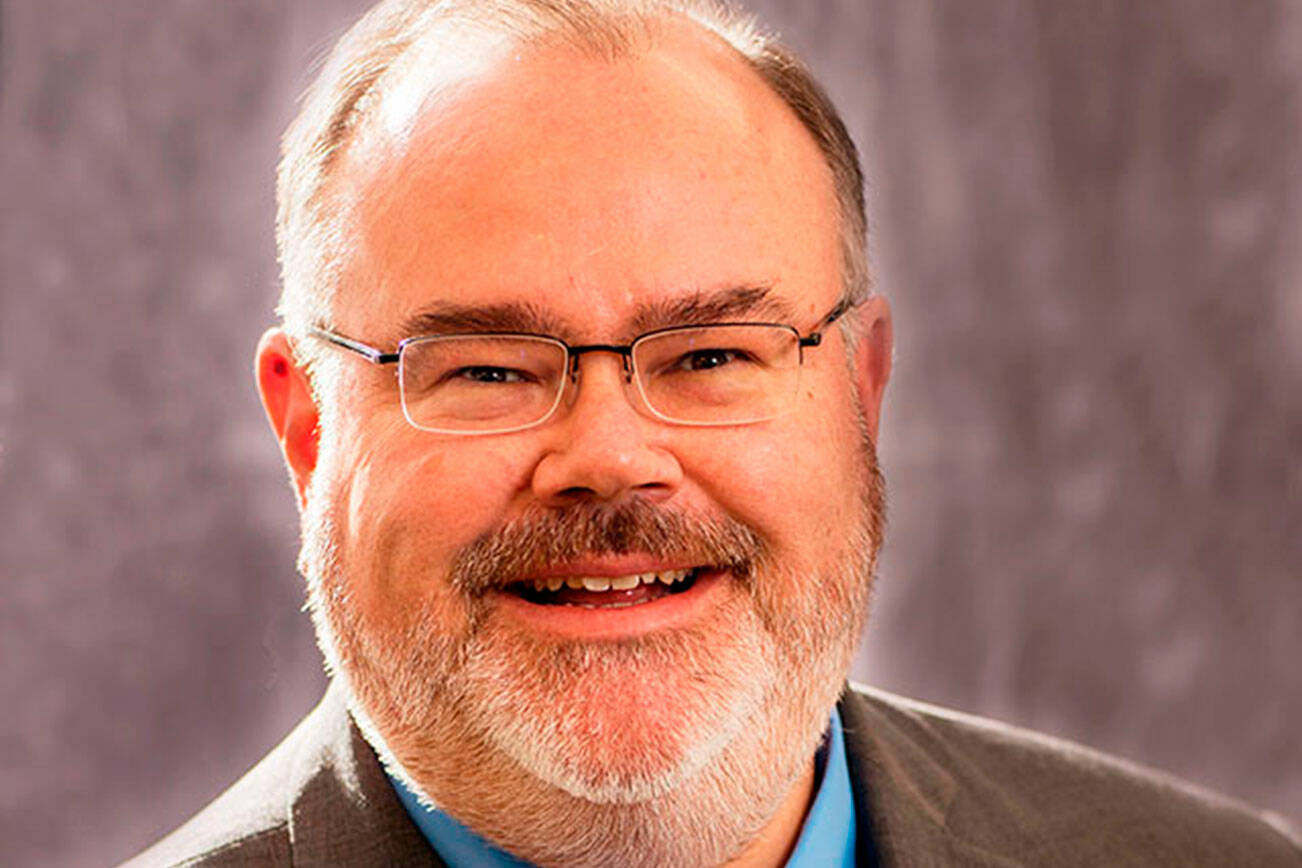Auburn School District Superintendent Alan Spicciati told the Auburn School District Board on Monday, Jan. 24, that he “believed overwhelmingly” the community wanted its schools to stay open during the recent surge of the Omicron variant of COVID-19.
But, he said, it’s easy for people like him, the school board and others to declare such a thing, and much tougher to make it actually happen.
Because, for the first two weeks of school after the holiday break, even as the ASD was contending with the many illness-related absences, it was also grappling with the pre-pandemic shortage of staff substitutes — about 15 percent — requiring all available substitutes, teachers and district staff to step in wherever the need was in order to make it work, Spicciati said.
“The hard part is to get in that classroom, maybe cover a class that is outside of your expertise, as many of our central office staff did, just to keep the schools open,” Spicciati said. “You hear a lot about teacher coverage … and they’re giving up their planning period. I want to thank them.”
“We didn’t shut anything down, and I’m quite proud about the whole team,” Spicciati added.
The crisis has not only affected teachers. If one’s office is short on staff, and the phones are ringing off the hook, Spicciati said, it’s because the people who would be there in better times are somewhere else, providing coverage.
At times, he said, the ASD has been one to three custodians short because of the pandemic and, again, the ongoing shortage of substitutes, so all sorts of people have being filling in at all sorts of jobs across the district.
And now there is a bit of light.
According to Public Health-Seattle King County’s COVID data dashboard, the number of new Omicron cases in Auburn peaked on Jan. 8, and since then, new cases countywide have dropped by 44 percent.
“I know it doesn’t exactly feel like that out there because we still have a large number of staff out, but it’s getting better,” Spicciati said. “Today, we have 135 classroom teachers absent. Last week that number was over 200 at the peak, and we were able to fill all but 26 of those absences as of Monday. The three worst days for unfilled absences were in the 60s, and now we’re seeing 26, and it’s trending in the right direction.”
Nonetheless, Spicciati said, the district has also been grappling with significant student absenteeism throughout the month from a combination of illness and quarantine. On Jan. 21, the district registered 4,268 students out, which is about 24 percent of the total student population.
“Families faced the decision to have kids maybe join by (virtual) classroom rather than coming to school. We’d love to have those students back sooner rather than later, but we also respect family decisions, and we’ll do the best we can to provide service through the rest of this Omicron peak,” Spicciati said.
“So, it’s a major impact still, and it’s going to be with us for probably several weeks, but I’m just so glad that we’re seeing the numbers come down, and we’re going to be on the other side of this surge.”
About 10 days ago, Spicciati said, he wrote to the Auburn community, advising anyone who lived next door to a teacher or who saw teachers or staff members or bus drivers, custodians in the grocery store to just take a moment to share their thanks.


